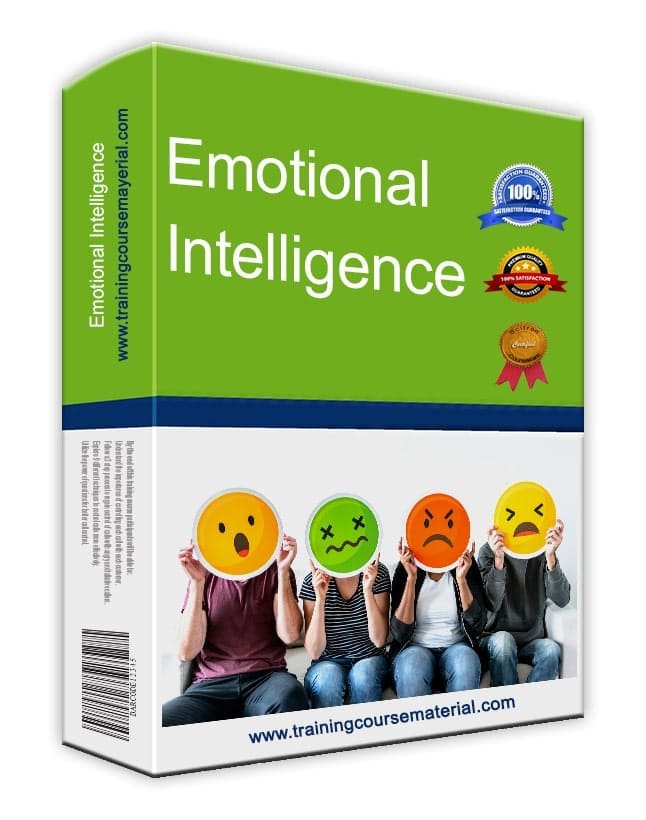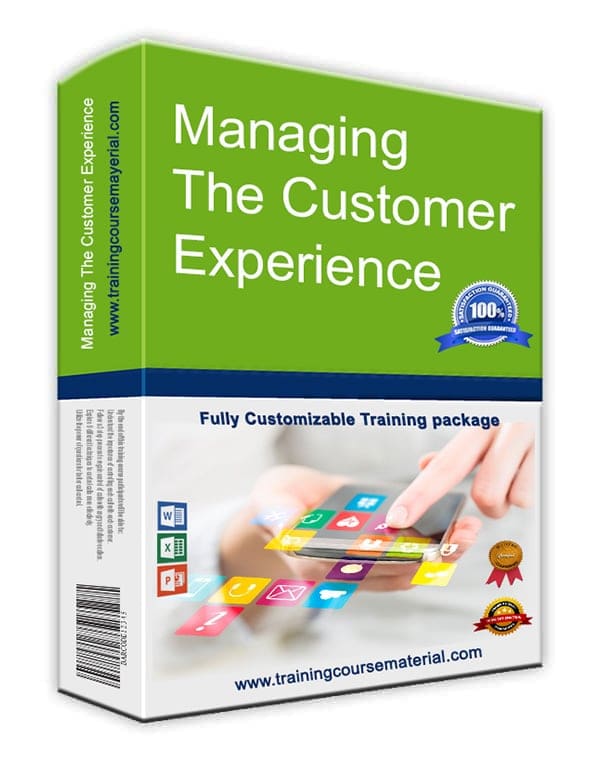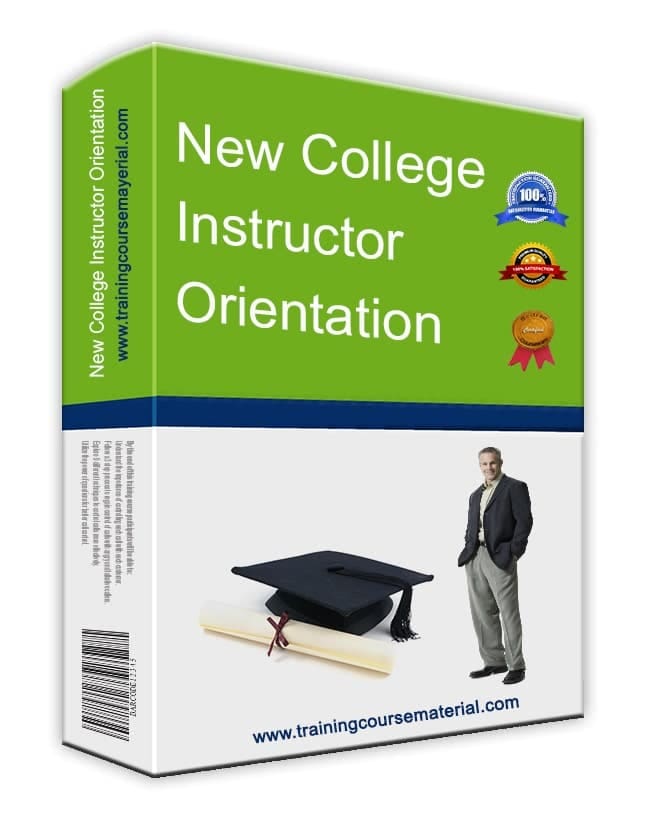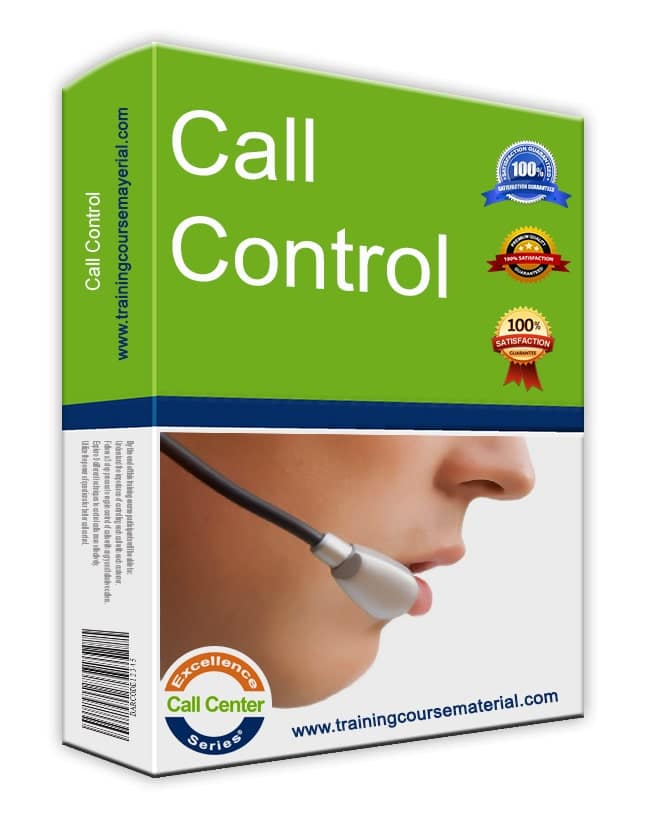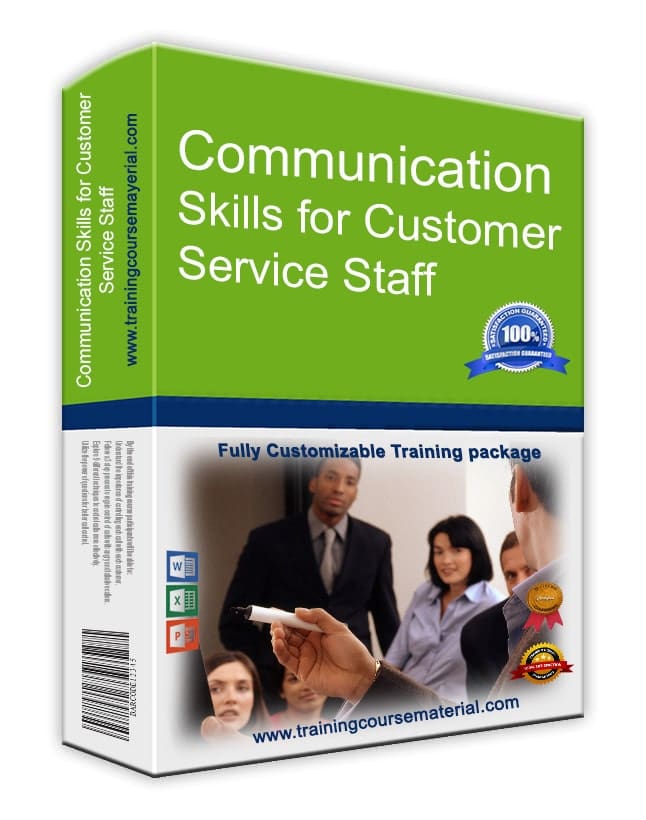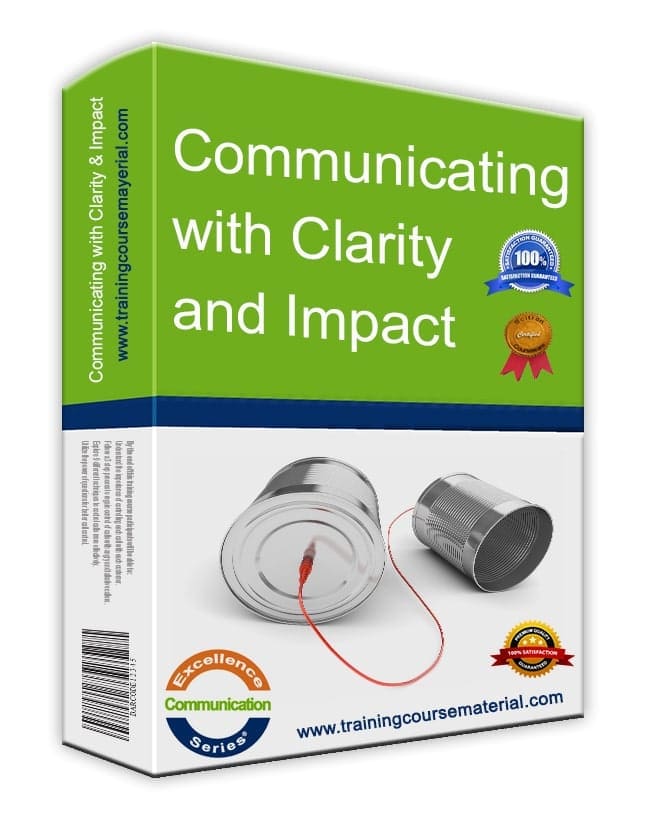In the world of customer service, effective communication is the cornerstone of building strong and lasting relationships with your customers. The way you communicate can make or break a customer's experience. In this blog post, we'll explore best practices for improving customer service communication to ensure that every interaction leaves a positive and lasting impression.
Understanding the Importance of Customer Service Communication
Customer service communication is the bridge that connects your business to its customers. It's not just about solving problems; it's about making customers feel heard, valued, and understood. When your communication is top-notch, it can lead to increased customer loyalty, positive reviews, and word-of-mouth recommendations.
Active Listening
One of the fundamental pillars of effective customer service communication is active listening. When interacting with customers, give them your full attention. Listen carefully to their concerns, questions, and feedback. This not only shows respect but also helps you fully understand their needs.
Begin by acknowledging their issue and paraphrasing it to confirm your understanding. For example, saying, "I understand that you're experiencing an issue with our product," demonstrates your commitment to listening and finding a solution.
Empathize and Show Compassion
Empathy is a powerful tool in customer service communication. When customers face challenges or problems, they often seek not only a solution but also understanding and compassion. Express empathy by acknowledging their feelings and letting them know that you genuinely care about their experience.
Use phrases like, "I'm sorry to hear that you're going through this." or "I can understand how frustrating that must be." Showing empathy can go a long way in diffusing tense situations and building trust with customers.
Clear and Concise Communication
Clear and concise communication is essential in customer service. Avoid using jargon or technical terms that the customer may not understand. Instead, explain solutions or processes in simple language. Provide step-by-step instructions when needed, ensuring that customers can follow along easily.
Remember that customers often reach out because they are looking for guidance. Being clear and concise in your communication helps them navigate their issues more effectively.
Use Positive Language
Positive language can significantly impact the tone of your customer service communication. Instead of saying, "We can't do that." try offering alternatives or solutions. For example, say, "While we can't do exactly that, we can offer this option." Using positive language keeps the conversation constructive and offers solutions rather than roadblocks.
Timely Responses
Customers appreciate timely responses to their inquiries or concerns. Aim to respond as quickly as possible, even if you don't have an immediate solution. Let them know you're looking into their issue and will get back to them with more information shortly. Timeliness demonstrates your commitment to their satisfaction.
Personalization and Customization
Every customer is unique, and their needs may vary. Personalization and customization play a significant role in effective customer service communication. Address customers by their names and reference previous interactions or specific details about their concerns. This shows that you value their individual needs and are dedicated to providing a tailored solution.
For instance, saying, "Thank you for reaching out, [Customer's Name]. Based on our previous conversation, here's a solution that aligns with your preferences." can create a strong sense of connection and satisfaction.
Stay Calm Under Pressure
In customer service, you may encounter challenging and emotional situations. It's essential to remain calm and composed, even when faced with irate customers. Remember that the customer's frustration is directed at the problem, not at you personally.
Maintain a reassuring and understanding tone, and avoid responding with frustration or anger. Take a deep breath, listen actively, and work towards resolving the issue professionally. Your ability to stay calm can turn a negative interaction into a positive one.
Follow Up
Don't consider the conversation with a customer complete once you've resolved their immediate concern. Following up is a crucial step in customer service communication. After the issue has been addressed, reach out to the customer to ensure their satisfaction and ask if there is anything else you can assist them with.
A follow-up email or call demonstrates your commitment to their well-being and can uncover any lingering issues or opportunities for improvement. It also provides a chance to thank the customer for their business and gather valuable feedback.
Continuous Training and Improvement
The world of customer service is constantly evolving. To excel in customer service communication, invest in continuous training and improvement for your team. Stay updated on industry trends, communication tools, and customer preferences.
Encourage your team to participate in workshops, webinars, and courses that enhance their communication skills. Regular training ensures that your customer service representatives are well-equipped to handle any situation effectively.
Measure and Analyze Performance
To gauge the effectiveness of your customer service communication, implement performance metrics and analyze data. Track key performance indicators (KPIs) such as response time, customer satisfaction scores, and resolution rates.
Use this data to identify areas for improvement and celebrate successes. Analyzing performance metrics allows you to make data-driven decisions to enhance your customer service communication strategies continually.
Effective customer service communication is a cornerstone of successful businesses. It fosters trust, builds strong customer relationships, and contributes to long-term success. By implementing these best practices, you can elevate your customer service communication to new heights.
Remember, it's not just about solving problems; it's about creating memorable and positive experiences for your customers. Active listening, empathy, clear and concise communication, positive language, and timely responses are foundational elements. Personalization, staying calm under pressure, following up, continuous training, and data analysis further enhance your communication skills.
As you strive to improve customer service communication, your commitment to delivering exceptional experiences will shine through. Your customers will notice and appreciate your dedication to their satisfaction, leading to increased loyalty, positive reviews, and a thriving business.
At Training Course Material, our mission is to empower businesses and organizations with the tools and resources they need to excel in various aspects of training, including customer service communication. Our comprehensive resources, customization options, interactive activities, ongoing support, measurement tools, and commitment to staying updated will empower your team to communicate effectively, build strong customer relationships, and ultimately drive business success.

